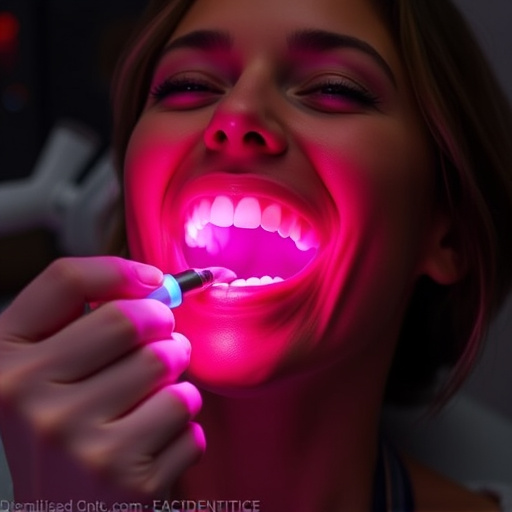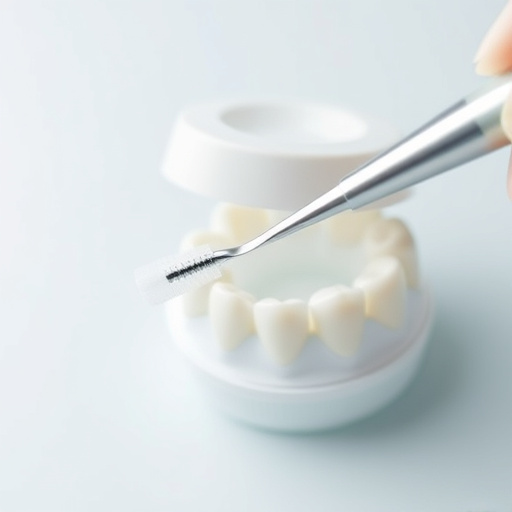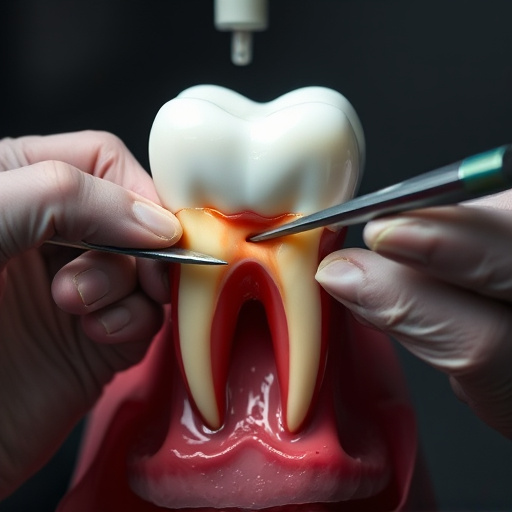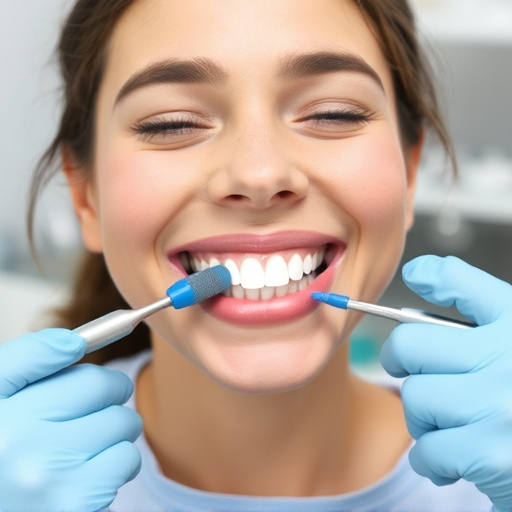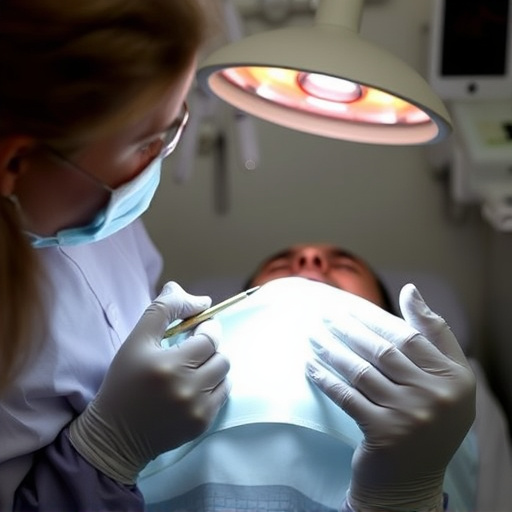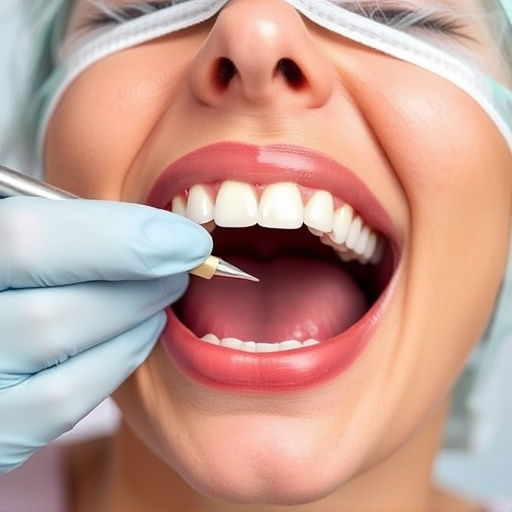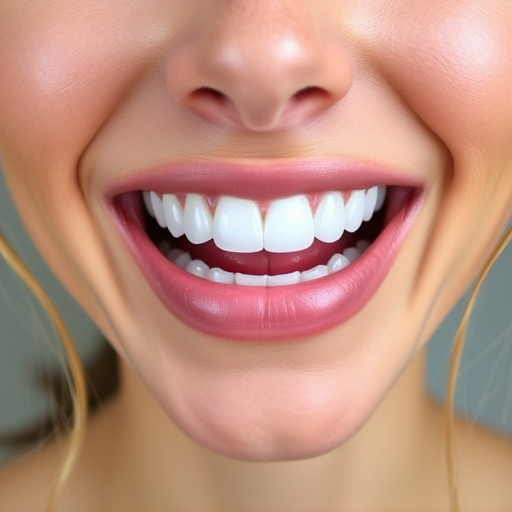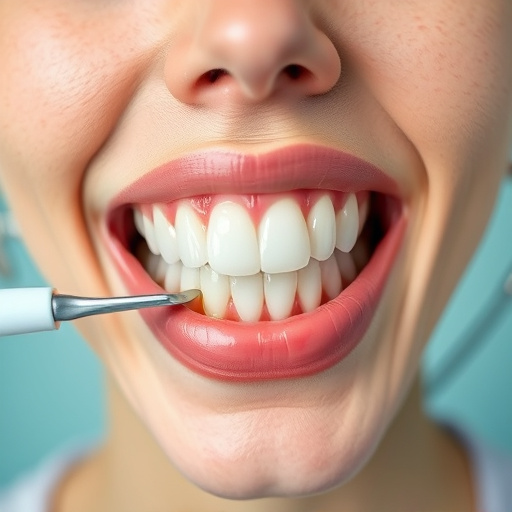Bad breath, caused by bacteria and volatile sulfur compounds, can be addressed through comprehensive dental care including regular cleaning, proper brushing and flossing, a balanced diet, and targeted products like mouthwash. Effective strategies involve removing plaque, killing bacteria, addressing specific issues, staying hydrated, and avoiding temporary odor maskers. Maintaining good oral hygiene with regular brushing, flossing, and professional cleanings is crucial for long-term fresh breath, alongside educational practices in children's and cosmetic dentistry.
Bad breath can be embarrassing and detrimental to confidence. This comprehensive guide explores effective bad breath treatment strategies, delving into the root causes and common triggers. From understanding the science behind halitosis to adopting powerful oral hygiene practices, you’ll discover proven methods to enhance oral cleanliness and maintain a fresh breath. Implement these techniques for long-term relief and restore your self-assurance.
- Understanding Bad Breath Causes and Common Triggers
- Effective Bad Breath Treatment Strategies
- Oral Hygiene Practices for Long-Term Freshness
Understanding Bad Breath Causes and Common Triggers

Bad breath, or halitosis, can be a persistent and embarrassing issue. Understanding its causes is the first step in effective bad breath treatment. Common triggers include poor oral hygiene, certain foods (like garlic and onions), dry mouth, dental crowns, and even systemic health conditions. Poor oral hygiene allows bacteria to flourish, producing volatile sulfur compounds that give rise to unpleasant odors.
When it comes to general dentistry, comprehensive dental care is key in managing bad breath. Regular cleaning appointments, proper brushing and flossing techniques, and maintaining a balanced diet can significantly improve oral cleanliness. In some cases, additional measures like using mouthwash or specific bad breath treatment products may be recommended by your dentist to address any underlying issues related to your teeth, gums, or even your sinuses.
Effective Bad Breath Treatment Strategies
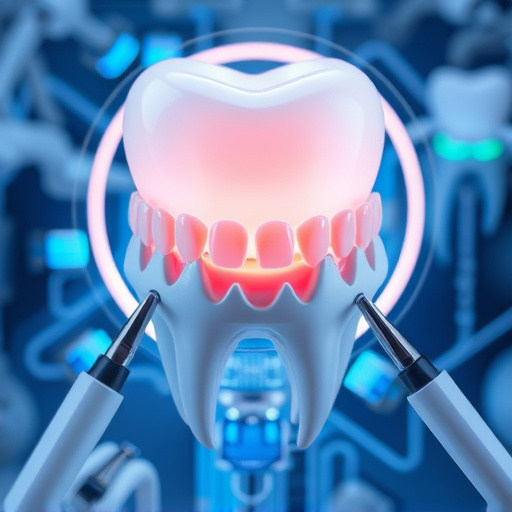
Bad breath treatment starts with understanding its causes. The most common culprits include poor oral hygiene, certain foods, and dry mouth. Effective strategies involve regular brushing and flossing to remove plaque and food debris from teeth and gums. Using mouthwash can also help kill bacteria and freshen breath.
Beyond these basics, addressing specific issues like wisdom tooth removal can resolve problems caused by impacted or infected teeth. In cases where bad breath persists despite good oral hygiene practices, consulting a dentist is crucial. They might recommend treatments such as tooth repair to fix cracks or cosmetic fillings to address decay. These measures, combined with staying hydrated and avoiding breath mints that only mask odors temporarily, offer long-lasting solutions for managing and treating bad breath, contributing to enhanced oral cleanliness.
Oral Hygiene Practices for Long-Term Freshness
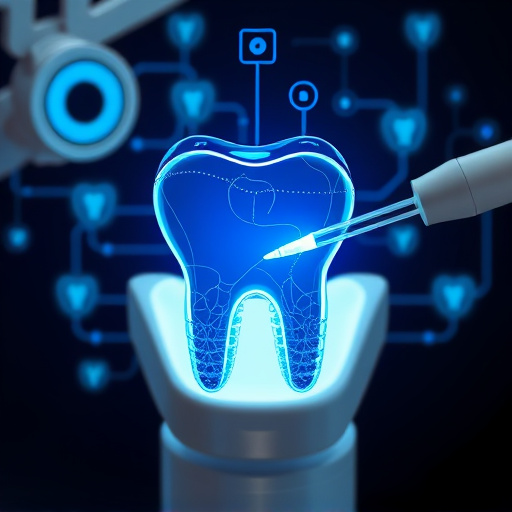
Maintaining good oral hygiene is key to achieving and sustaining long-term fresh breath. Regular brushing and flossing are fundamental practices that help remove plaque buildup and food particles, which are major contributors to bad breath. It’s recommended to brush your teeth at least twice a day using a soft-bristled toothbrush and fluoride toothpaste. Flossing once daily ensures you clean between your teeth and under the gum line where bacteria can lurk.
Additionally, incorporating mouthwash into your routine can provide extra protection against bad breath. Antibacterial mouthwashes contain ingredients that kill odor-causing bacteria, leaving your mouth feeling fresh. Don’t forget the importance of regular dental cleanings performed by a professional. Children’s dentistry and cosmetic dentistry practices often emphasize oral hygiene education, ensuring patients of all ages develop and maintain proper brushing and flossing techniques for optimal oral cleanliness and breath freshness.
In addressing bad breath treatment, it’s clear that a multifaceted approach combining effective oral hygiene practices, understanding of triggers, and consistent application of proven strategies is key to enhancing oral cleanliness. By implementing these steps, you can not only combat persistent bad breath but also maintain a fresh, healthy mouth over the long term.
